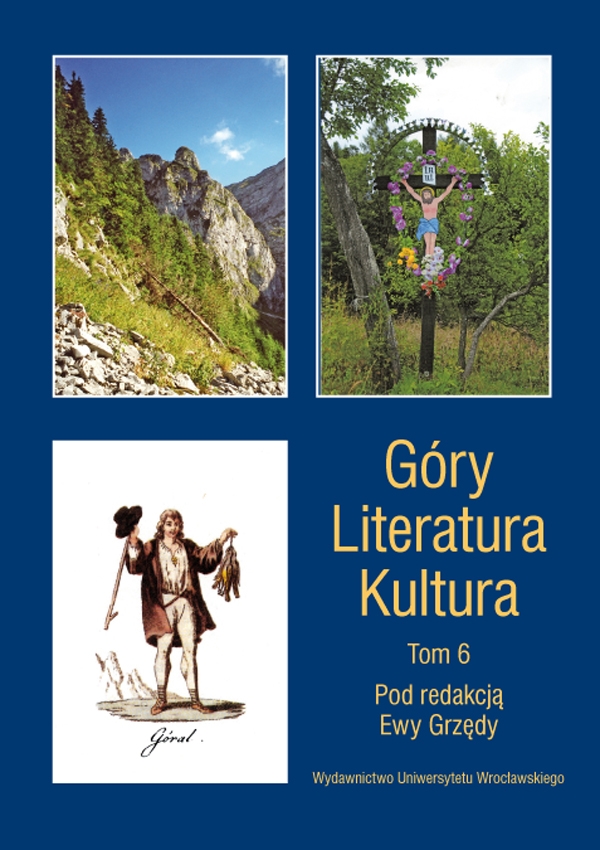

Artykuły

Diorama and “Bieszkidzkie Tatry” by Julian Korsak
In Polish literature the interest in the Tatra Mountains began to grow substantially after 1832 and this was when mountain scenery began to appear in stage directions of drama works. The use of the mountains as a backdrop for romantic dramas was considerably influenced by the use of diorama sets. Daguerre set an example here: in 1831 in Paris, he presented a panoramic show entitled Mont Blanc. Mountain scenery found its way from the Parisian stage practices into brief episodes in theatre dramas. The Tatra Mountains appeared in Adam Mickiewicz’s Konfederaci barscy [The Bar Confederates] and Juliusz Słowacki’s Samuel Zborowski, though they had little in common with the real mountains, as they stemmed from the authors’ fantastical ideas. Julian Korsak 1806–1855 did not see a diorama, but he was familiar with similar innovative staging ideas in Warsaw theatres and placed the action of the drama Twardowski czarnoksiężnik [Twardowski the Sorcerer] 1840 in fantastically presented Tatra Mountains. Korsak did not know the Tatras — he found information about this mountain range in Ambroży Grabowski’s Kraków i okolice jego [Kraków and Its Surroundings], introducing fantastical motifs into the drama as well.